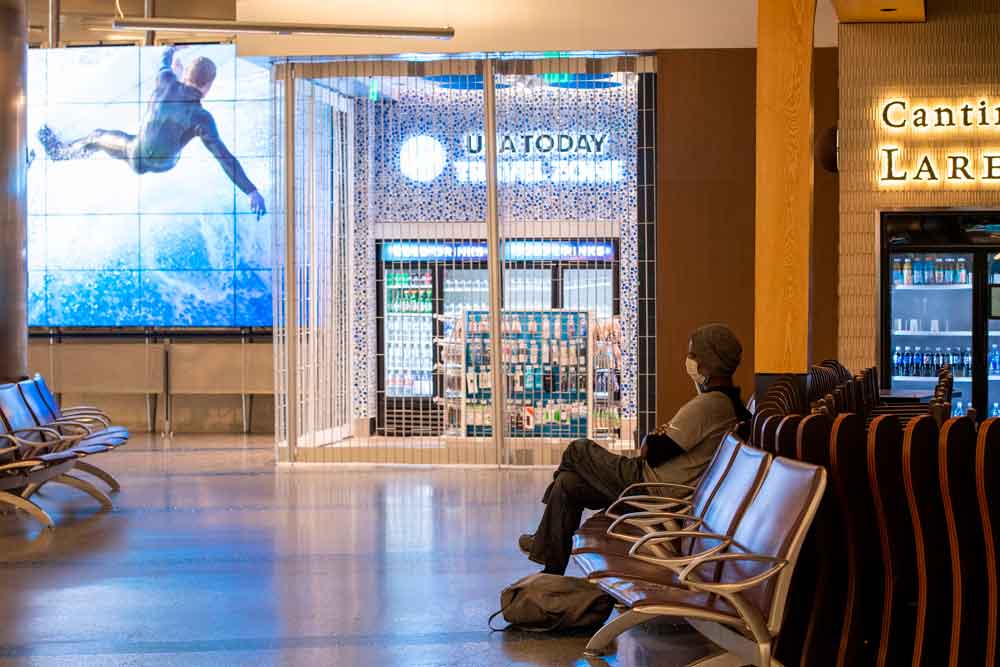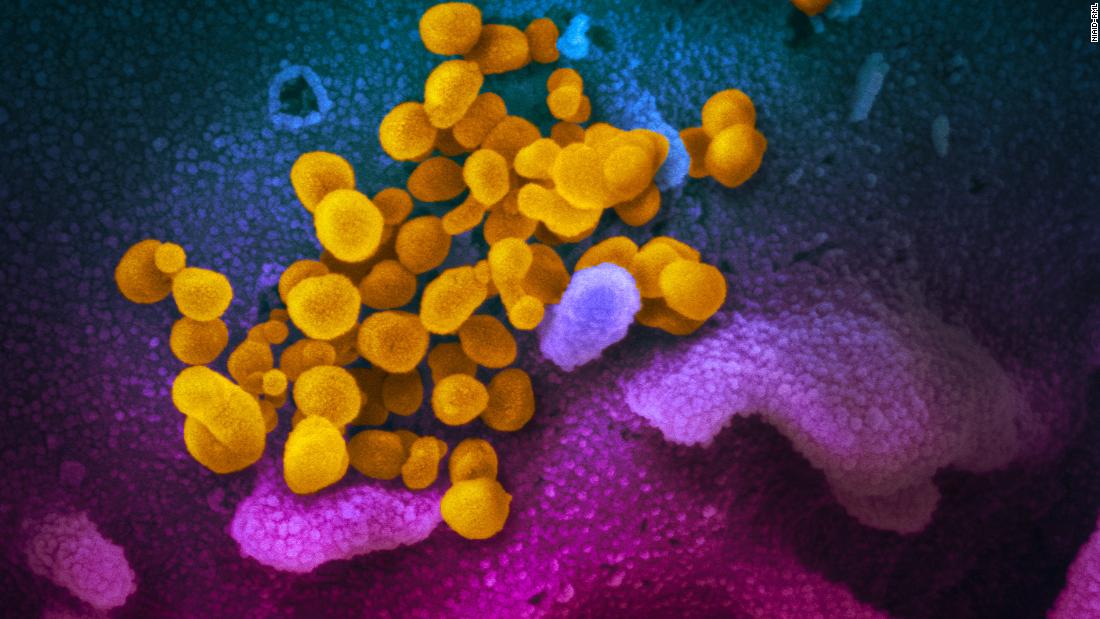[ad_1]

A genetic study suggests the new coronavirus was carried into California several times by travelers, and suggests the state missed several opportunities to use contact tracing to stop further spread.
The report, published in the journal Science, also strongly indicates that at least one large cruise ship outbreak started with a virus transmitted by a single person infected with a strain of the virus that spread in Washington state early in the pandemic.
It’s a small analysis, but helps paint a picture of how a few cases can turn into a pandemic — and how quick action can stop the spread, said Dr. Charles Chiu, a professor of laboratory medicine at the University of California, San Francisco, who led the study team.
For instance, the outbreak that infected more than 700 people with coronavirus on the Diamond Princess cruise ship in February of this year, killing nine of them, almost certainly started with a single case, Chiu said.
“Probably one passenger brought it on board,” Chiu told CNN.
The strain that infected the passengers and crew on two voyages of the liner was the same strain that circulated widely in Washington state and elsewhere, Chiu added.
In contrast, another outbreak stopped with three people. One patient in Solano County infected two health care workers who cared for her, and transmission stopped there.
“That was it. It was an outbreak of three individuals,” Chiu said.
In that case, contact tracing and quick isolation of the new cases stopped any further spread, the researchers said.
The findings, he said, show many missed opportunities to stop the virus when it was seeded multiple times into California. “We simply did not have the infrastructure to do the detecting that would have been needed,” Chiu said. The findings also show that travel restrictions can work if they are started early enough and observed carefully.
“Social distancing interventions, such as the ‘shelter-in-place’ directive that was issued by the governor of California on March 20, 2020, may assist in stemming spread from community to community,” the team wrote.
[ad_2]
Source link

